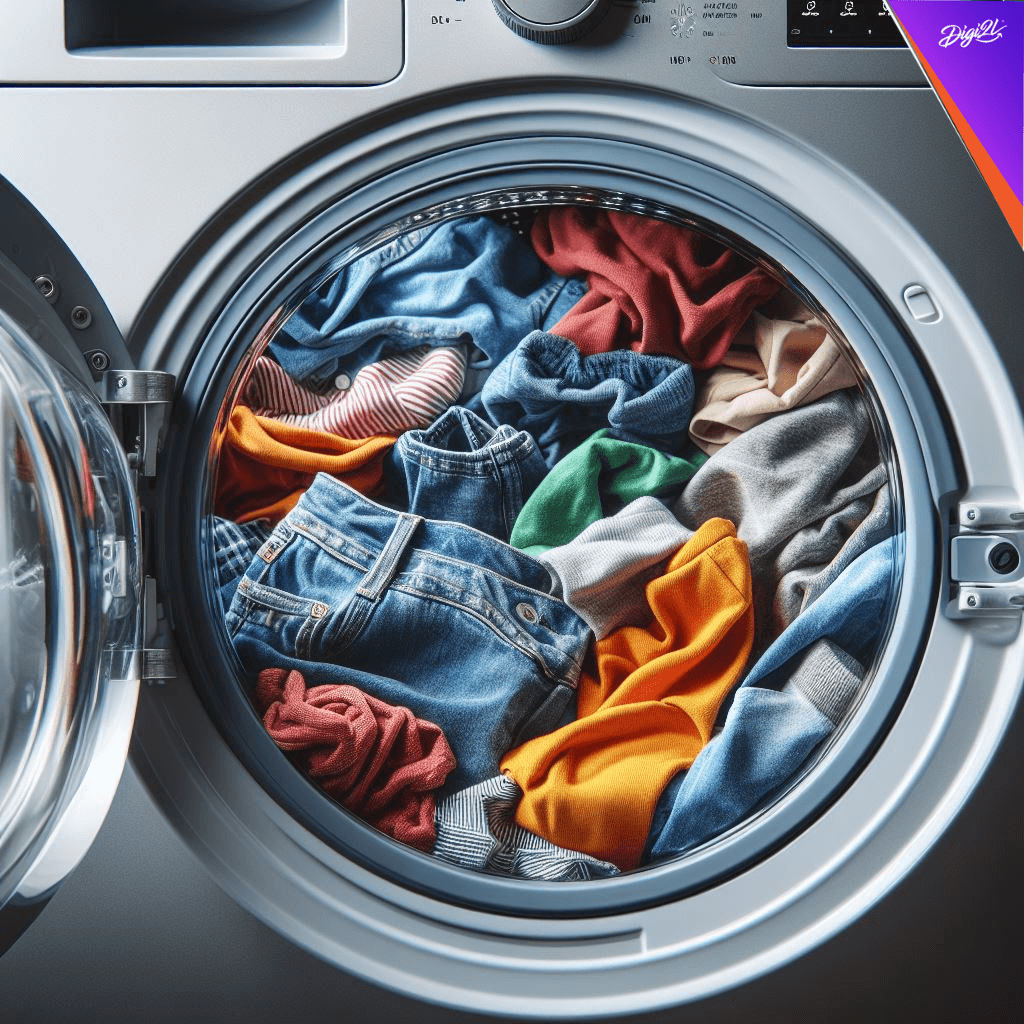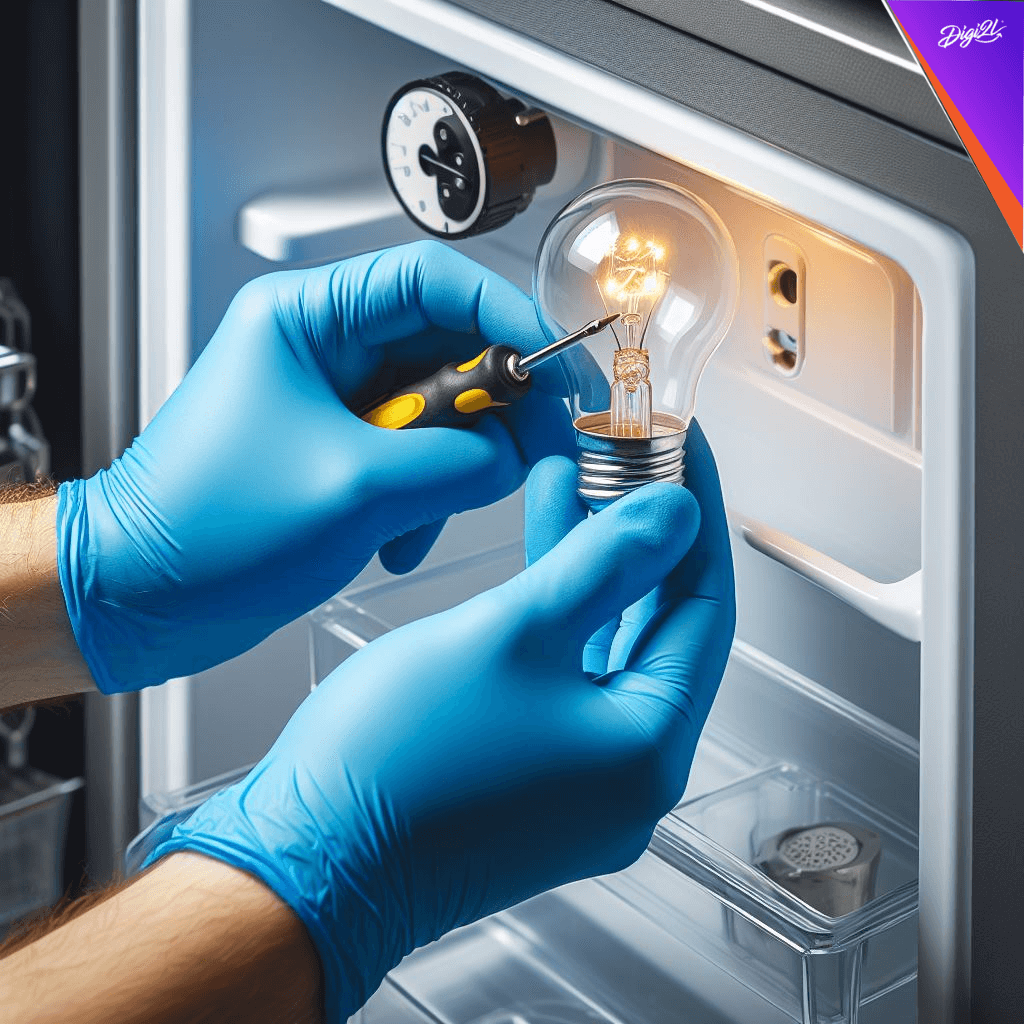The blog explores the significance of appliance refurbishment in fostering sustainability within the home environment. It begins by outlining the environmental impact of household appliances, emphasizing their role in energy consumption, resource depletion, and waste generation. With this context in mind, the blog makes a compelling case for appliance refurbishment as a sustainable alternative to constant replacement. By repairing, restoring, and upgrading existing appliances, homeowners can extend their lifespan, minimize waste, and conserve resources. The practice of refurbishment aligns with principles of the circular economy, where products are kept in use for as long as possible, reducing the need for new production and disposal. The blog emphasizes three key reasons why appliance refurbishment is essential for creating a sustainable home: waste reduction, resource conservation, and energy savings. Refurbishing appliances keeps them out of landfills, reducing electronic waste and its associated environmental impacts. It also decreases the demand for new appliances, thereby conserving valuable resources and mitigating the environmental impact of resource extraction and processing. Moreover, refurbishment often involves upgrading components to improve energy efficiency, resulting in lower energy consumption and reduced carbon emissions. To empower readers to engage in appliance refurbishment, the blog provides practical tips for getting started. It suggests starting small with simpler refurbishment projects and investing in quality tools and equipment. Consulting experts or professional technicians can offer valuable guidance, especially for more complex issues. Additionally, prioritizing energy efficiency during refurbishment and practicing responsible disposal for appliances that cannot be refurbished are emphasized as important steps in promoting sustainability. Ultimately, the blog highlights appliance refurbishment as a tangible way for homeowners to make a difference in creating a sustainable living environment. By embracing refurbishment practices, individuals can contribute to waste reduction, resource conservation, and energy efficiency within their homes. Moreover, the blog encourages readers to reconsider their approach to appliance maintenance and replacement, emphasizing the environmental and economic benefits of extending the lifespan of existing appliances. So, hence, the appliance refurbishment emerges as a practical and impactful strategy for promoting sustainability within the home. Through repair, restoration, and responsible disposal, homeowners can play a vital role in reducing their environmental footprint and fostering a more sustainable future.
In the era of climate change and environmental degradation, sustainability has become a paramount concern for homeowners worldwide. From reducing energy consumption to minimizing waste, individuals are increasingly seeking ways to lessen their environmental footprint. One often-overlooked avenue for promoting sustainability at home is appliance refurbishment. In this blog, we’ll explore the importance of appliance refurbishment in creating a sustainable home and provide practical tips on how to make a difference through refurbishment projects.
The environmental impact of appliances
Household appliances play a significant role in our daily lives, from refrigerators and washing machines to dishwashers and air conditioners. However, the production, use, and disposal of appliances contribute to various environmental challenges, including resource depletion, pollution, and greenhouse gas emissions. According to the International Energy Agency (IEA), the household sector accounts for a significant portion of global energy consumption and greenhouse gas emissions, with appliances being a major contributor. Additionally, the manufacturing process for new appliances requires substantial amounts of raw materials and energy, further exacerbating environmental pressures.
The case of appliance refurbishment
Appliance refurbishment offers a sustainable alternative to the constant cycle of buying and discarding appliances. By repairing, restoring, and upgrading existing devices, homeowners can extend their lifespan, reduce waste, and conserve resources. Here’s why appliance refurbishment is essential for creating a sustainable home:
- Waste reduction : Refurbishing appliances keeps them out of landfills, minimizing electronic waste (e-waste) and its associated environmental impacts. Instead of disposing of appliances when they break down or become outdated, refurbishment provides an opportunity to give them a second life.
- Resource conservation : Refurbishment reduces the demand for new appliances and the extraction of raw materials, such as metals, plastics, and rare earth elements. By preserving existing resources, refurbishment helps mitigate the environmental impact of resource extraction and processing.
- Energy savings : Older appliances may not be as energy-efficient as newer models, but refurbishment often involves upgrading components to improve efficiency. By refurbishing and using these appliances instead of buying new ones, homeowners can reduce energy consumption and lower their carbon footprint.
Practical tips for appliance refurbishment : Refurbishing appliances may seem daunting at first, but with the right knowledge and tools, it can be a rewarding and eco-friendly endeavor. Here are some practical tips for refurbishing appliances and making a difference in your sustainable home:
- Start small : Begin by tackling simpler refurbishment projects, such as repairing minor issues or replacing worn-out parts. Online tutorials and DIY guides can provide helpful instructions and guidance for beginners.
- Invest in quality tools : To effectively refurbish appliances, you’ll need the right tools and equipment, including screwdrivers, wrenches, multi meters, and replacement parts. Investing in quality tools will make the refurbishment process easier and more efficient.
- Consult experts : If you’re unsure about how to refurbish a particular appliance or encounter complex issues, don’t hesitate to seek help from professional technicians or repair experts. They can offer valuable advice and assistance in diagnosing and fixing problems.
- Prioritize energy efficiency : When refurbishing appliances, consider ways to improve their energy efficiency, such as replacing old components with newer, more efficient ones or adjusting settings to optimize performance. Energy-efficient appliances not only save money on utility bills but also reduce environmental impact.
- Practice responsible disposal : If refurbishment is not feasible or cost-effective for a particular appliance, ensure responsible disposal by recycling or donating it to organizations that accept old appliances. Proper disposal ensures that valuable materials are recovered and reused, minimizing environmental harm.
Appliance refurbishment plays a crucial role in creating a sustainable home and reducing our environmental footprint. By extending the lifespan of appliances through repair, restoration, and upgrades, homeowners can minimize waste, conserve resources, and lower energy consumption. With practical tips and a commitment to sustainability, anyone can make a difference through appliance refurbishment. So, the next time you encounter a malfunctioning appliance or consider upgrading to a new model, think twice about the environmental impact and explore the possibility of refurbishment—it’s a small step that can make a big difference in creating a more sustainable future.














